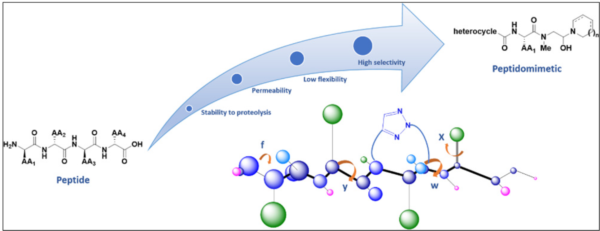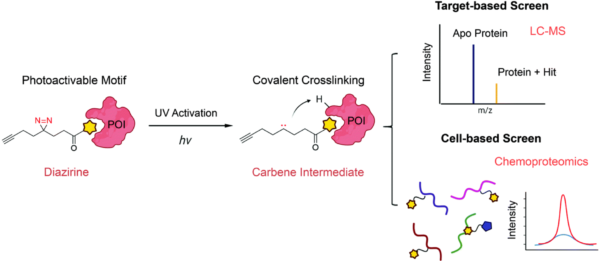Introduction:
Drug discovery is a challenging process that requires the identification of compounds that specifically interact with disease-causing targets. Among the various approaches to drug discovery, covalent targeting has become increasingly popular due to its ability to create durable and irreversibly bound compounds with high target specificity. In this blog post, we will explore the significance of the Cysteine Targeted Covalent Library (CTCL) in drug discovery and discuss its key contributions.
Understanding CTCL:
CTCL is a small molecule library that targets cysteine residues, a versatile amino acid that is present in many proteins. Cysteine residues play a crucial role in protein function and regulation, making them an attractive target for drug discovery. CTCL consists of a diverse set of compounds designed to specifically interact with cysteine residues through covalent binding, creating stable interactions that modulate protein function.
Key Points:
Enhanced Target Specificity:
Covalent targeting can result in highly specific interactions between a compound and its target, minimizing off-target effects. By targeting cysteine residues, which are often located in active sites of enzymes and receptor proteins, CTCL can provide high specificity for these target proteins and modulate their function with precision.
Enhanced Drug Potency:
Covalent binding can enhance drug potency by creating stable and irreversible interactions between a compound and its target. CTCL’s targeted covalent binding with cysteine residues creates potent and durable compounds that can exert their effects on target proteins even at low concentrations.
Improved Pharmacokinetics:
CTCL’s design can improve the pharmacokinetic properties of compounds. Covalent binding enhances the compound’s stability and can extend its half-life, making it more effective as a drug therapy. The targeting of cysteine residues can also improve the compound’s selectivity, reducing toxicity by minimizing interactions with non-target proteins.
Applications in Drug Development:
CTCL has potential applications in various areas of drug discovery, including oncology, immunology, and neurology. By targeting cysteine residues in specific proteins involved in disease mechanisms, CTCL can modulate disease pathways and affect disease progression. CTCL’s diverse chemical structure also presents an opportunity for the development of new drug candidates with optimized potency, selectivity, and pharmacokinetics.
Challenges and Future Directions:
CTCL still faces several challenges in drug discovery, including identifying optimal targets, ensuring selectivity, and minimizing off-target effects. Further research is required to fully understand the mechanism of covalent binding, to improve compound design and efficacy, and to evaluate the safety and toxicity of these compounds in vivo.
Conclusion:
CTCL is a powerful tool in drug discovery, providing a novel and effective approach to covalent targeting through cysteine residues. These compounds offer high target specificity, potency, and pharmacokinetic properties, making them attractive candidates for the development of new drugs in oncology, immunology, and neurology. While challenges and limitations remain, continued research and refinement in CTCL present exciting prospects in advancing the field of drug discovery and improving patient care.
#CTCL #drugdiscovery


